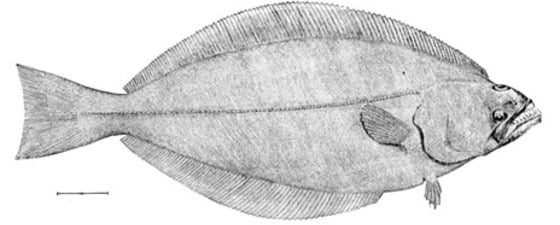After having acquired seismic offshore Norway for almost 50 years (the very first survey was shot in 1962, in Skagerrak), including major 2D surveys and huge 3D lay outs, a large research programme was conducted last year aimed at improving the understanding of how seismic campaigns affect fish distribution and the commercial fisheries.
The research programme was undertaken in conjunction with the acquisition of a 3D survey within the highly prospective Nordland VII (Vesterålen) area north of the Arctic Circle. The acquisition overlapped some of the best traditional offshore fishing grounds in Norway.
The Institute of Marine Research was given responsibility for carrying out the project, which was financed by the Norwegian Petroleum Directorate (NPD). According to NPD, it is one of the largest such research projects ever conducted.
The project revealed that the sound of the air-guns affected the fisheries in the study area off Vesterålen “in a number of ways”. These “ways” included both increased and reduced catches of individual fish species, made by different types of gear, and the fact that some species withdrew from the area, while others remained.
The details we leave to those who are particularly interested. The overall conclusion, however, is that the research programme failed to prove that seismic acquisition has a devastating effect on fish and fishing, contrary to statements often made by fishermen, and their allies in “environmentally friendly” organizations, whose main goal is to make oil and gas exploration more difficult. It is in fact no secret that the reason why Norwegian fishermen make a lot of noise (!) about seismic acquisition is to get compensation for reduced catchments.
The outcome of the USD 4 million research programme will not change this. Certainly not. Even though the conclusions are not accepted by the fishermen. First, they ask for research, and when the results are not in their favour, they are not willing to face the truth.




